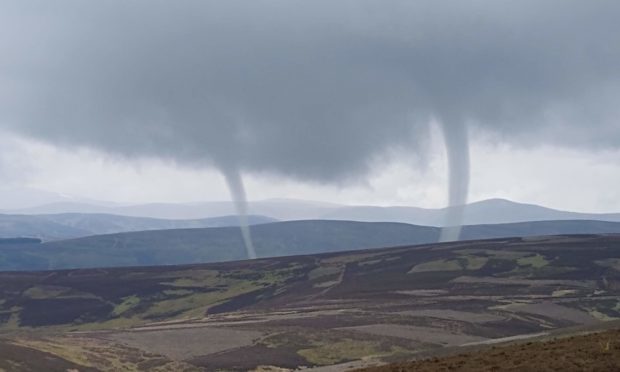OF THE
TIMES
He who learns must suffer, and, even in our sleep, pain that cannot forget falls drop by drop upon the heart, and in our own despair, against our will, comes wisdom to us by the awful grace of God.
The people of Germany are beginning to reject the greenie movement because it has brought nothing but disappointment with lots spent for no gain....
Excellent read! Thanks, Laura and Ark! 🙂❤️
The us apparently place full of "older farts" don't know better.... (or could give a shit - bout the rest of us) the youth in the us are starting...
Yes May 18 a King (or wealthy polite.TIK.ian can RIP). Stay away from the Aircrafts, May 13, Boeing/Bowing out CEO end of 2024. Don't war May 11,...
Milei's biggest mistakes will be cancelling the plan to join BRICS and thinking that the USadmin is his friend. Selling off public services has...
To submit an article for publication, see our Submission Guidelines
Reader comments do not necessarily reflect the views of the volunteers, editors, and directors of SOTT.net or the Quantum Future Group.
Some icons on this site were created by: Afterglow, Aha-Soft, AntialiasFactory, artdesigner.lv, Artura, DailyOverview, Everaldo, GraphicsFuel, IconFactory, Iconka, IconShock, Icons-Land, i-love-icons, KDE-look.org, Klukeart, mugenb16, Map Icons Collection, PetshopBoxStudio, VisualPharm, wbeiruti, WebIconset
Powered by PikaJS 🐁 and In·Site
Original content © 2002-2024 by Sott.net/Signs of the Times. See: FAIR USE NOTICE

Comment: Mainstream science still doesn't really know what exact conditions are required for wind vortexes to form, and it's becoming increasingly evident from the rise in these unusual occurrences that their theories are sorely lacking:
- Tornadoes in the US are shifting East puzzling scientists
- Rare tornado touches down in Carinthia, Austria
- Epic tornado in Romania lifts bus into the air
- Thunderbolts Space News: Tornadoes - The Electric Model
Also check out SOTT radio's Behind the Headlines: Earth changes in an electric universe: Is climate change really man-made? and SOTT's monthly documentary SOTT Earth Changes Summary - April 2019: Extreme Weather, Planetary Upheaval, Meteor Fireballs: